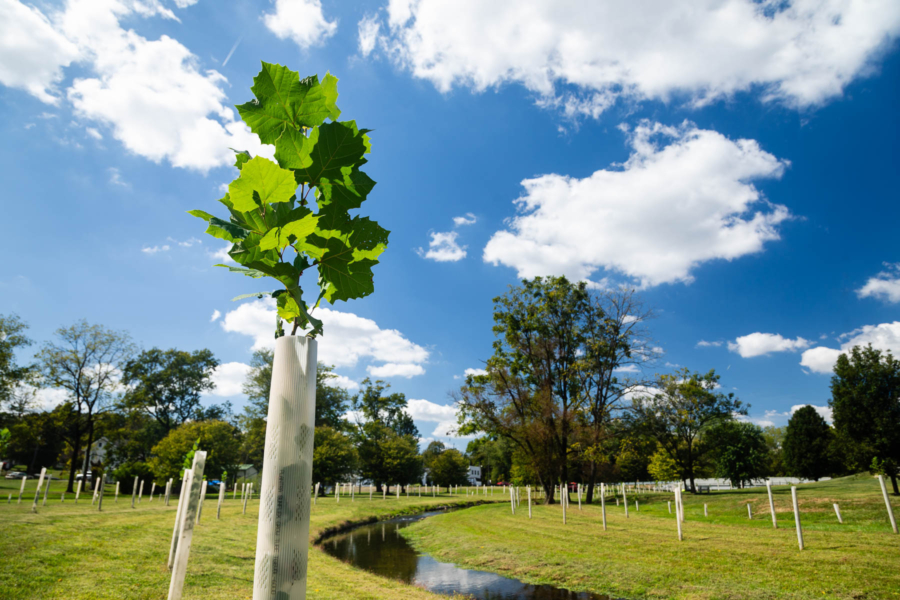Chesapeake Bay TMDL
The Chesapeake Bay Total Maximum Daily Load (TMDL) is a federal "pollution diet" to restore the Chesapeake Bay and its vast network of streams, creeks and rivers.

The Chesapeake Bay Total Maximum Daily Load (TMDL) is a federal "pollution diet" to restore the Chesapeake Bay and its vast network of streams, creeks and rivers.
